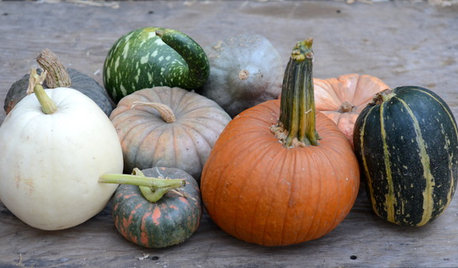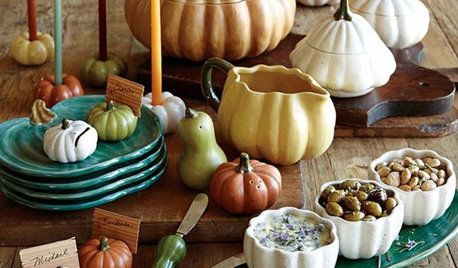Acorn Butternut Squash Crossbreed
deanriowa
15 years ago
Featured Answer
Sort by:Oldest
Comments (11)
farmerdilla
15 years agodeanriowa
15 years agoRelated Professionals
Edmond Landscape Architects & Landscape Designers · Benbrook Landscape Architects & Landscape Designers · Redondo Beach Landscape Architects & Landscape Designers · Frisco Landscape Contractors · Salem Landscape Contractors · Arlington Landscape Contractors · Biloxi Landscape Contractors · Brockton Landscape Contractors · Mount Sinai Landscape Contractors · Riverhead Landscape Contractors · Rochester Landscape Contractors · Spring Landscape Contractors · West Orange Landscape Contractors · Dearborn Driveway Installation & Maintenance · Lakeland Driveway Installation & Maintenancewild_forager
15 years agodeanriowa
15 years agojwstell42
15 years agodigdirt2
15 years agodeanriowa
15 years agozeedman Zone 5 Wisconsin
15 years agodeanriowa
15 years agoHU-842451054
9 months ago
Related Stories

EDIBLE GARDENSSummer Crops: How to Grow Squash
Almost foolproof and with cheerful flowers, squash comes in a wide range of varieties to plant in spring
Full Story
GARDENING GUIDESJoin Us for a Parade of Pumpkins
Fall eye candy: Get to know 9 winter squash varieties, including Long Island Cheese and Blue Hubbard
Full Story
FARM YOUR YARDAdvice on Canyon Farming From L.A.'s Vegetable Whisperer
See how a screened garden house and raised beds help an edible garden in a Los Angeles canyon thrive
Full Story
PRODUCT PICKSGuest Picks: Thanksgiving Tabletop Inspiration
20 finds make setting a festive table fun
Full Story





remy_gw